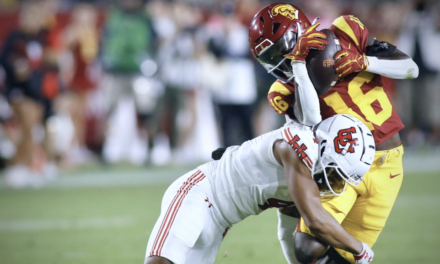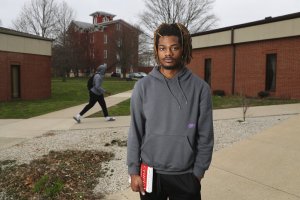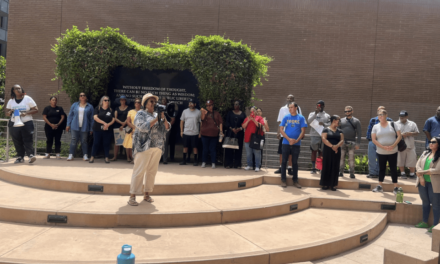Name an Alabama ghost story, urban legend or haunted destination, and Joshua Dairen has probably heard about it already.
Dairen, a public relations specialist for an Atlanta tech company, had moved back home to Auburn this year and was taking his wife on a trip to one of his favorite spooky sites – Spring Villa in Opelika – when an idea took hold.
He had tried to relay the story of the town’s haunted campgrounds as best as he remembered, but when he got home, he couldn’t take his mind off the story. So he kept researching, and eventually started making videos about urban legends across the state.
Now, 100 videos later, Dairen (@joshuadairen) has over 60,000 followers on TikTok, who come to his page for 60-second nuggets of untold paranormal history.
“There’s so many people in Alabama who have no idea about the scary and paranormal things that are a part of the [state’s] history,” he said. “There’s so much history packed in that should be told, and somebody needed to tell it.”
Dairen produces videos daily, sometimes spending up to 14 hours a week on research and editing. His searches start with news articles, and then he may narrow down by location. If Dairen finds multiple sources for a particular legend, that’s usually his cue to dive in.
But despite the amount of time he spends poring over archives and news clips, Dairen says he’s probably “a five on a scale of 10″ when it comes to actually believing the stories he tells.
“Not everything I cover, I believe,” Dairen said, noting that he always makes sure to leave a disclaimer that his posts are urban legends and are not necessarily true.
Hearing responses from viewers has actually changed his own mind on a few of the sites he’s covered, like Bear Creek Swamp in Autaugaville and the Lady in Black sightings in Prattville, which garnered responses from relatives and residents who shared their own sightings of the grieving mother.
Still others remain skeptical.
“Lived in that area all my life. These people are superstitious in the comments. Don’t believe in ghosts and there won’t be none,” said one user on a post about a haunted bridge in Florence.
But whether you believe them or not, Dairen says his videos contain more than just ghost stories.
“One of the reasons why I started doing this is there’s just so much history that I’ve never been taught myself,” he said. “There’s so much Black history. There’s so much Indigenous history. There’s so many important people who have come through Alabama who are connected to these places that we frequent or drive past or look at that we would have never known unless we actually took the time to research the legends that are surrounding them.”
Dairen traces many of the urban legends he covers back to enslaved Alabamians, or to freedmen like Horace King, who built a number of now-haunted bridges throughout the Southeast.
One post dives into Lake Martin’s sunken city, the mostly-Black town of Easonville that flooded in 1926.
And others, like his video on Bear Creek Swamp, highlight some of the stories passed on by Indigenous Alabamians.
“I could go to every plantation house in Alabama – I’m sure I could find tons of urban legends around those, and hauntings,” he said. “But I really do try to center some of the history that’s been lost in the process of Alabama growing.”
Much of his research has led Dairen to other states, where he’s discovered a similar gap in paranormal lore – particularly among stories that focus on enslaved or Native southerners. He’s explored a few of those stories, in Oklahoma, Georgia, Texas, and other states on his page, but plans to expand his coverage to the southeast as his page grows.
And TikTok, which is mostly geared to younger audiences, could be the perfect opportunity to highlight those stories, he said, especially in places where book bans and limits on history instruction may restrict what children can be taught in the classroom.
“When you do stories like these, it can sometimes challenge the demographics of the states that you stay in, but I like that because it gives the generation below us a chance to see, for lack of a better term, a Black face being willing and open to talk about history boldly,” he said.
“I would like to hope that it gives the younger generation more courage to be bold about what they are taught and if they aren’t taught it, then to go and get it for themselves.”











